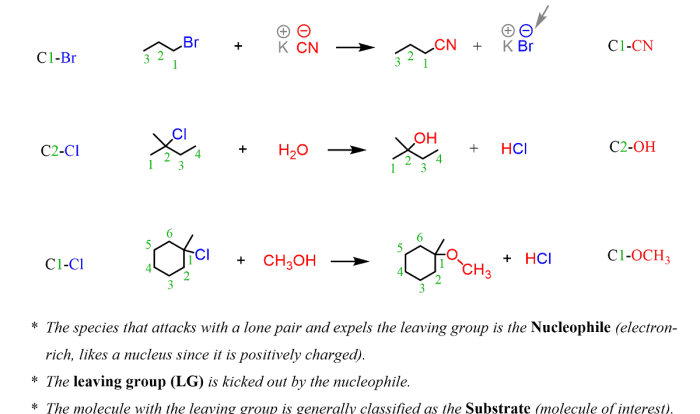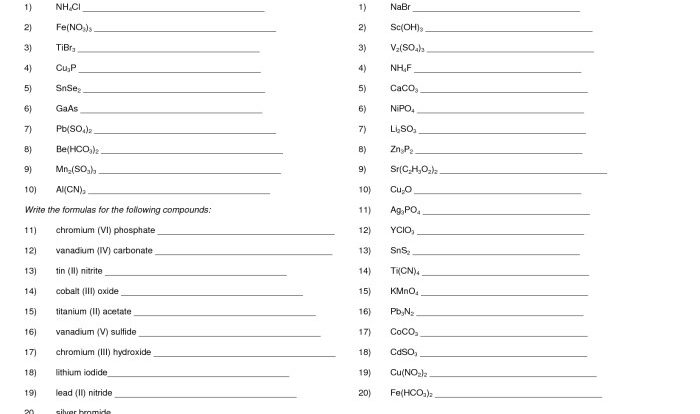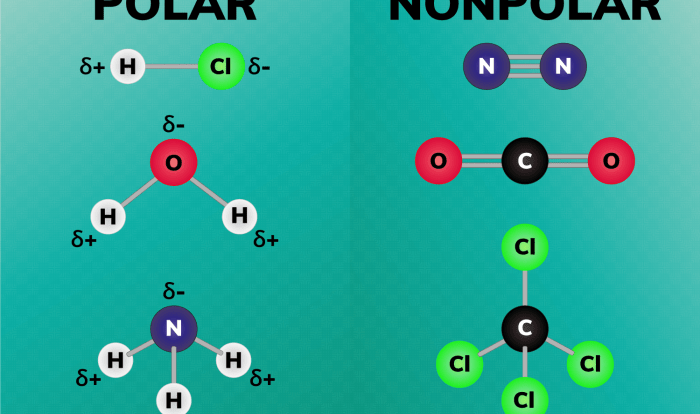Embark on a captivating journey into the realm of chemistry with our worksheet mixed problems-mole/mole and mole/mass. This comprehensive guide unveils the intricacies of mole-based calculations, empowering you to navigate the complexities of chemical reactions and quantitative analysis.
Delve into the fascinating world of stoichiometry, where balanced chemical equations become your compass, guiding you through mole-to-mole conversions with precision. Unravel the secrets of mole-to-mass and mass-to-mole calculations, mastering the art of converting between mass and moles effortlessly.
Mole to Mole Calculations
Mole to mole calculations involve converting the amount of a substance expressed in moles to the amount of another substance involved in a chemical reaction, also expressed in moles. To perform mole to mole conversions, it is essential to have a balanced chemical equation that represents the reaction.
The balanced chemical equation provides the mole ratios between the reactants and products. For example, consider the following balanced chemical equation:
2Al + 3Cl 2→ 2AlCl 3
This equation indicates that 2 moles of aluminum (Al) react with 3 moles of chlorine (Cl 2) to produce 2 moles of aluminum chloride (AlCl 3).
Using this mole ratio, we can convert the amount of one substance to the amount of another. For instance, if we have 0.5 moles of Al, we can calculate the moles of Cl 2required for the reaction as follows:
Moles of Cl 2= 0.5 moles Al × (3 moles Cl 2/ 2 moles Al) = 0.75 moles Cl 2
Therefore, 0.5 moles of Al will react with 0.75 moles of Cl 2.
Mole to Mass Calculations: Worksheet Mixed Problems-mole/mole And Mole/mass
Mole to mass calculations involve converting the amount of a substance expressed in moles to its mass in grams. To perform this conversion, we need to know the molar mass of the substance.
The molar mass of a substance is the mass of one mole of that substance. It is expressed in grams per mole (g/mol). For example, the molar mass of sodium chloride (NaCl) is 58.44 g/mol.
To convert moles to mass, we can use the following formula:
Mass (g) = Moles × Molar mass (g/mol)
For instance, if we have 0.25 moles of NaCl, we can calculate its mass as follows:
Mass (g) = 0.25 moles × 58.44 g/mol = 14.61 g
Therefore, 0.25 moles of NaCl has a mass of 14.61 grams.
Mass to Mole Calculations
Mass to mole calculations involve converting the mass of a substance expressed in grams to its amount in moles. To perform this conversion, we need to know the molar mass of the substance.
To convert mass to moles, we can use the following formula:
Moles = Mass (g) / Molar mass (g/mol)
For example, if we have 10.0 grams of NaCl, we can calculate its moles as follows:
Moles = 10.0 g / 58.44 g/mol = 0.171 moles
Therefore, 10.0 grams of NaCl is equal to 0.171 moles.
Applications of Mole/Mole and Mole/Mass Calculations
Mole/mole and mole/mass calculations are essential tools in chemistry. They are used in various applications, including:
- Stoichiometry:Mole/mole calculations are used to determine the quantitative relationships between reactants and products in a chemical reaction.
- Solution preparation:Mole/mass calculations are used to prepare solutions of a specific concentration.
- Chemical analysis:Mole/mole and mole/mass calculations are used to determine the concentration of a substance in a sample.
- Understanding chemical reactions:Mole/mole and mole/mass calculations help us understand the stoichiometry of chemical reactions and predict the quantities of products that can be obtained.
FAQ Section
What is the significance of balanced chemical equations in mole-based calculations?
Balanced chemical equations provide the stoichiometric ratios between reactants and products, allowing for accurate mole-to-mole conversions.
How do I convert moles to mass?
To convert moles to mass, multiply the number of moles by the molar mass of the substance.
What is the formula for mass-to-mole conversions?
Mass (g) / Molar Mass (g/mol) = Moles


